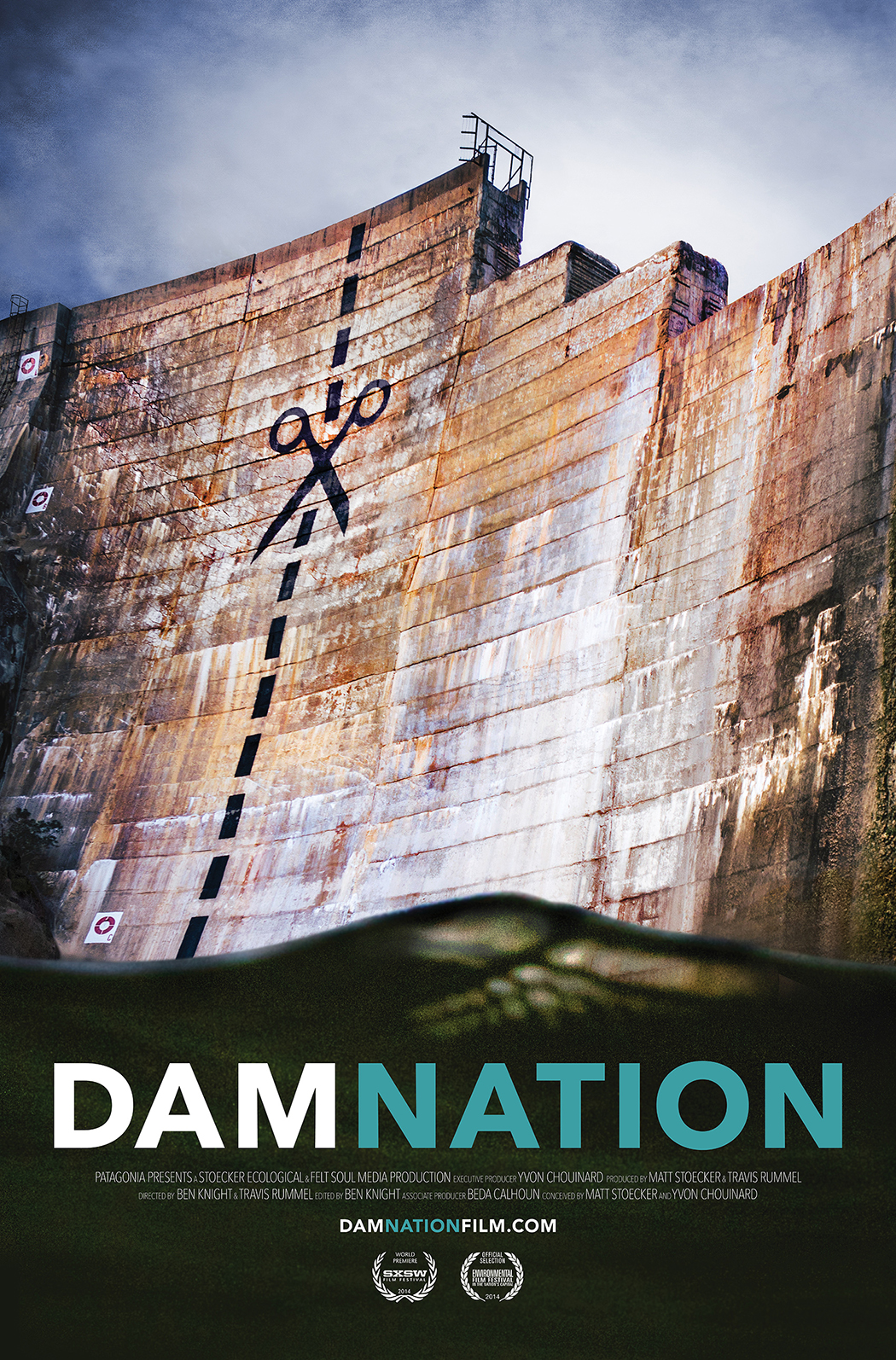
The School of Natural Resources is hosting its first documentary movie night featuring the film “DamNation” from 7 to 9 p.m. Feb. 2 at Hardin Hall Auditorium, 3310 Holdrege St., Lincoln. The free event is open to the public.
Snacks will be available for purchase, and parking will be provided in Hardin Hall parking lot. The event is sponsored by the SNR Community Engagement Committee.
The film, a 2014 advocacy documentary, is about the changing attitudes concerning the large system of dams in the United States. It highlights dam removal stories, but also examines conservation questions about river health balanced against power, irrigation and shipping needs.
A panel discussion with SNR natural resource faculty, including Steve Thomas, a river and stream ecologist, will follow the viewing. People will be invited to explore deeper the topic of the documentary, including the positive or negative consequences of dams, and will be asked to examine any biases or inaccuracies presented in the film.
The film took three years to complete and included the filming of the destruction of three dams based on the Elwha and White Salmon Rivers in Washington, the Rogue River in Oregon, and the Penobscot River in Maine. It also included the river restoration and fish restocking that followed.
The film also looks at the history of dams in the United States and their use to control floods, provide irrigation sources and municipal water supplies, and for power generation. But it also argues that those needs may be more effectively met through conservation, improved technology and better planning, without an ecological cost, the film’s press packet states. The film cites a shifting viewpoint that has more dam owners, communities and politicians working toward the removal of dams in their areas.
“Some call it a movement, others call it a generational shift in values,” it states. “‘DamNation’ documents both — and the undeniable momentum behind river restoration that has begun to take hold in our country.”
The U.S. has more than 79,000 dams that “are more than 25 feet tall, hold more than 50 acre-feet of water or are considered a significant hazard if they fail,” according to the National Inventory of Dams. About 2,540 of those dams generate hydropower, accounting for about nine percent of the U.S. energy supply, according to the film.
— Shawna Richter-Ryerson, Natural Resources